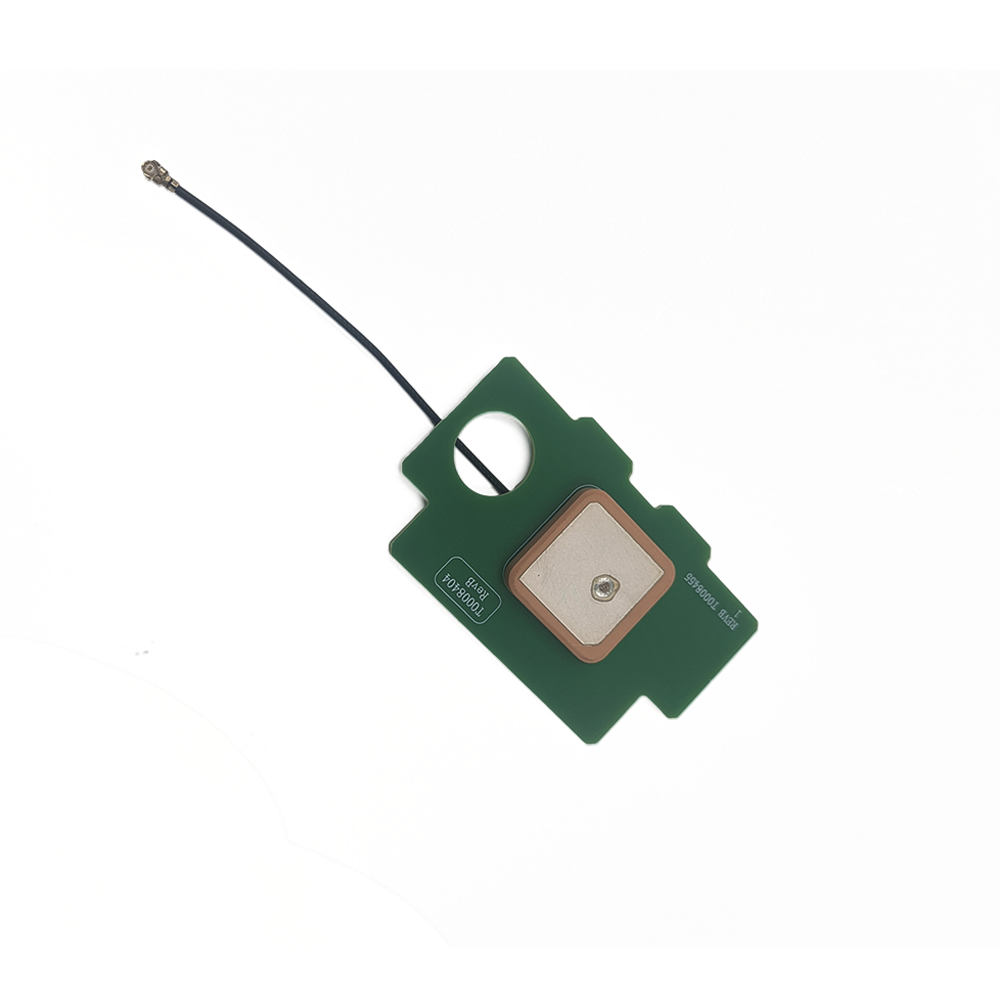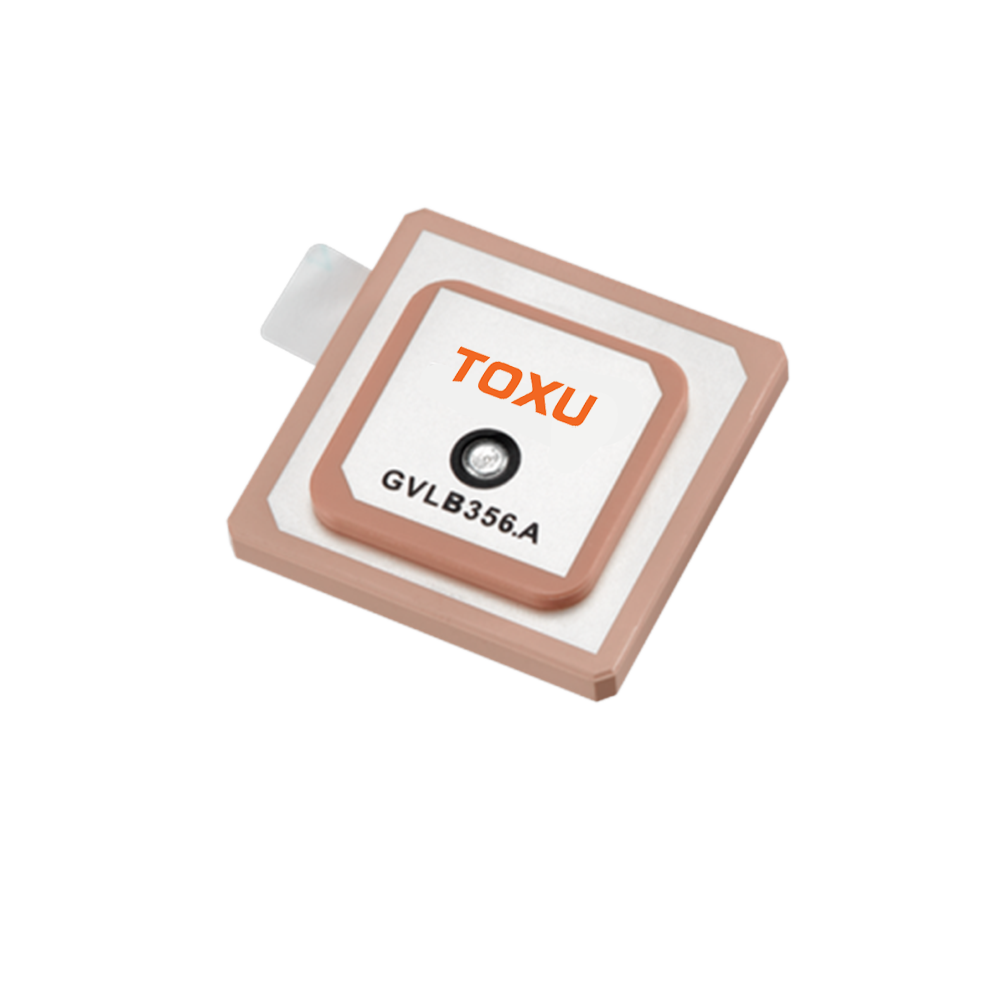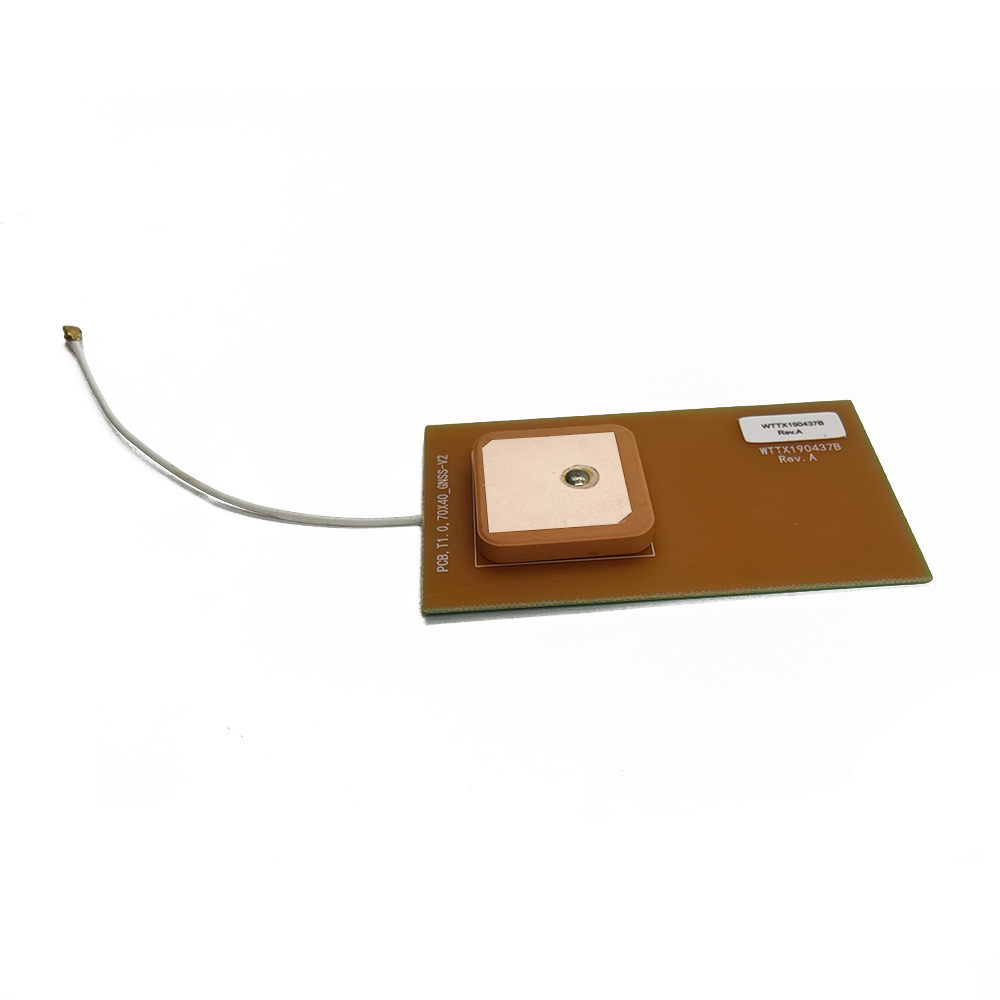Applications
The wearable device built-in GPS ceramic antenna has a wide range of applications that enhance the functionality and utility of wearables. In the fitness and health monitoring 领域,it is used in fitness trackers and smartwatches to accurately track the user's physical activities. Whether it's running, cycling, swimming, or hiking, the antenna enables the device to record the user's route, distance traveled, speed, and elevation. This data can be used by users to monitor their progress, set goals, and improve their fitness levels. Some fitness wearables also use the location data to provide real-time feedback on the user's performance, such as suggesting faster routes or alerting them when they deviate from their planned path.
For navigation, wearable devices with built-in GPS antennas offer a convenient and hands-free way to get directions. Instead of constantly checking a smartphone, users can simply glance at their smartwatch or other wearable device to see their current location and receive turn-by-turn directions. This is particularly useful for activities such as walking, cycling, or running, where using a smartphone may be inconvenient or dangerous. Some wearables also integrate with popular navigation apps, providing users with a seamless navigation experience.
In the area of personal safety, the built-in GPS antenna plays a crucial role. Wearable devices can be equipped with emergency features that use the location data to quickly share the user's position with emergency contacts or authorities in case of an accident or distress. This can significantly improve the response time and increase the chances of a timely rescue, especially in remote or unfamiliar areas.
Future Trends
Looking ahead, several future trends are set to shape the development of wearable device built-in GPS ceramic antennas. One trend is the integration of multiple satellite navigation systems. In addition to GPS, other global navigation satellite systems (GNSS) such as GLONASS, Galileo, and BeiDou are becoming more prevalent. Future antennas are likely to be designed to receive signals from multiple GNSS simultaneously, providing more accurate and reliable positioning information, especially in challenging environments where satellite visibility may be limited. This multi-GNSS integration will enhance the performance of wearables in urban canyons, dense forests, and other areas where GPS signals alone may not be sufficient.
Another trend is the further miniaturization of the antennas. As wearables continue to evolve towards even smaller and more lightweight designs, there will be an increasing demand for antennas that are even more compact. Manufacturers will explore the use of new materials with enhanced electrical properties, such as metamaterials, and advanced manufacturing techniques to reduce the size of the antennas while maintaining or improving their performance. This will enable the development of ultra-thin, flexible wearables that can be integrated into clothing or worn in other innovative ways.
The integration of artificial intelligence (AI) and machine learning (ML) with the antennas is also an emerging trend. AI and ML algorithms can be used to optimize the antenna's performance, adapt to changing environmental conditions, and improve signal processing in the presence of interference. For example, AI can analyze real-time data from the antenna and other sensors on the wearable device to predict and mitigate the effects of interference, enhancing the overall accuracy and reliability of the positioning system. AI can also be used to provide more personalized location-based services, such as suggesting routes based on the user's past behavior and preferences.
There is also a growing interest in using wearable GPS antennas for indoor positioning. While traditional GPS is mainly for outdoor use, research is underway to adapt GPS technology for indoor environments, such as shopping malls, airports, and office buildings. Wearable device built-in GPS ceramic antennas may play a crucial role in this development, enabling accurate indoor positioning for applications like wayfinding, asset tracking, and indoor navigation within large buildings.
Conclusion
In conclusion, the wearable device built-in GPS ceramic antenna has become an essential component in the world of wearable technology, enabling accurate location tracking and a wide range of location-based services. Its compact size, durability, and reliable performance have made it a key enabler for the functionality and success of various wearables, enhancing the user experience in fitness, navigation, and personal safety.
However, the challenges associated with interference, limited space, environmental factors, and manufacturing consistency must be addressed to further improve the performance and reliability of these antennas. Overcoming these challenges will require continuous innovation and collaboration between researchers, manufacturers, and industry experts.
Looking to the future, with the emergence of trends such as multi-GNSS integration, further miniaturization, the integration of AI and ML, and indoor positioning applications, the wearable device built-in GPS ceramic antenna is poised to play an even more significant role in the evolution of wearable technology. As these trends develop, wearables equipped with advanced GPS antennas will become more intelligent, accurate, and versatile, opening up new possibilities for enhancing our daily lives and interactions with the world around us.




































































 Language
Language
 En
En Cn
Cn Korean
Korean

 Home >
Home > 








 18665803017 (Macro)
18665803017 (Macro)













